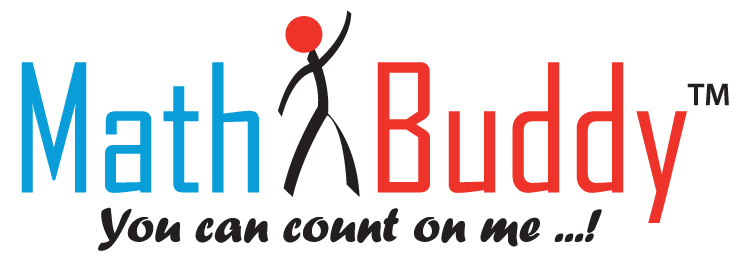Teach math using everyday articles
https://blog.mathbuddyonline.com/wp-content/themes/corpus/images/empty/thumbnail.jpg 150 150 admin admin https://secure.gravatar.com/avatar/4281060985443ada8cbf3f192a4cba8f?s=96&d=mm&r=gMath concepts can be some of the most difficult for young students to master. This is a result of the abstract concepts that comprise most of mathematics. Fortunately, as a parent, you are in a great position to be able to help your student make the most of their math education. Staying tuned in to the curriculum of your student can help you to assist them with the most challenging parts of the skills they are being asked to learn.
The term manipulatives is used frequently amongst teachers of mathematics to refer to objects that are used in the classroom to help reinforce the learning of more abstract concepts. For example, when learning about units in math, such as the ones, tens, and hundreds units, objects are often used to represent a grouping of ten or a hundred. Being able to see how the larger units “break” down into smaller pieces is helpful in showing a child how to master this abstract concept.
Manipulatives can be used to illustrate almost any math concept, from time to multiplication. Cutting up a paper plate is a great way to talk about fractions and practice division. Small objects can be used as manipulatives to learn about patterns and grouping. There are lots of cheap, easy-to-use manipulatives that you can find easily:
- Buttons
- Coins
- Beads
- Poker chips
- Craft sticks
- Playing cards
- Erasers
- Bottle tops or soda can tabs
- Pasta shells (can be dyed different colors with food coloring)
- Cereal
- Beans
- Marbles
When your child encounters a math concept that is giving them problems, take a moment to analyze whether there may be a way for you to help your student by making the concept more concrete for them through the use of manipulatives. Any time that they are able to touch, hold, and move objects to represent the numbers they are working with, they improve their chances of mastery.
To begin determining how a manipulative might be helpful for your student, stop to ask questions and isolate exactly where the problem is occurring. Is the child missing an important step in setting the problem up? Does your child know which math operation is necessary to solve the problem? Is the issue a lack of understanding of more basic concepts that build on one another to enable the student to solve the problem? When you narrow down which step in the process is causing trouble, you know which step could benefit from the use of manipulatives.
Once you have decided what aspect of the math lesson needs reinforcement, choose a manipulative that makes sense. If you need many of them to represent a large number, choose very small items. Make sure you have a plan for working with objects that may roll. Take your child’s interests into consideration. You are more likely to be successful in engaging your child in practice math activities if they are interested in handling the manipulatives. Ask them for ideas about things that they can use to help illustrate a problem that they are trying to solve. Let them be a part of the learning process, and you will hold their attention for longer!
Above all, approach the use of manipulatives with a low-key enthusiasm. Show your student that using manipulatives can make learning math easier and more fun. Once they have an appreciation for these tools, they will look forward to working with them, and begin to understand how they are used in solving problems. Math manipulatives can be a great way to make abstract math concepts seem more concrete.
- Posted In:
- Math Buddy



